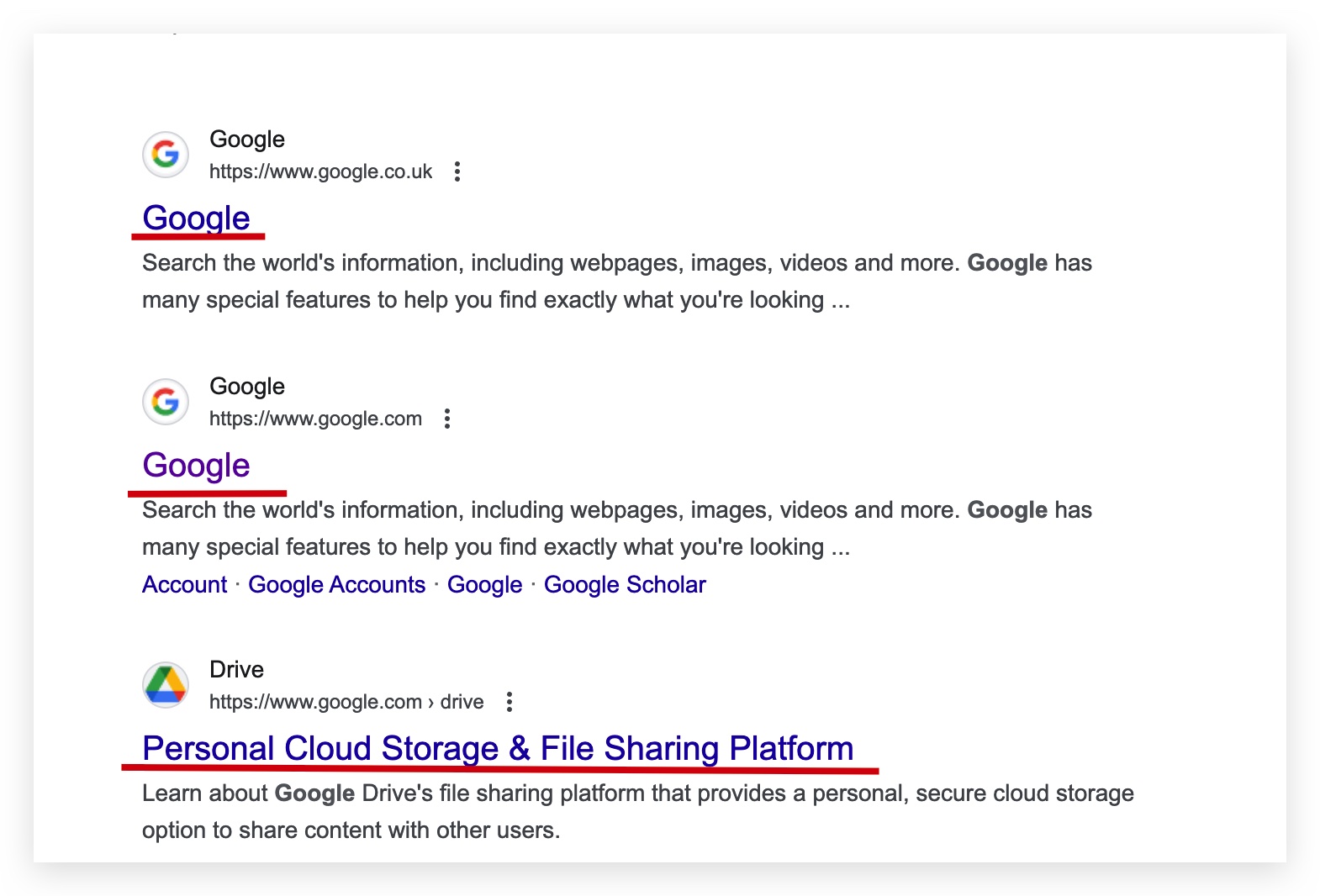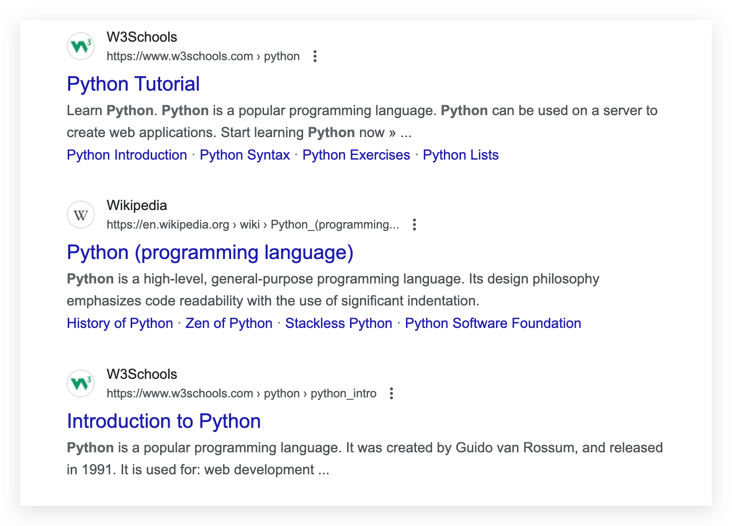Exploring the Amazing World of SEO: Unveiling the Remarkable Role of SEO Tags(Part 1)

Hey everyone! I'm a programmer passionate about exploring the world of AI.
Recently, I discovered a secret weapon for boosting website traffic—SEO (Search Engine Optimisation).
Today, I’ll take you on a journey to explore the top four SEO tags and see how they help our websites stand out in search engines!
1. Title Tag: The Website’s Shining Business Card

First up is the Title Tag, the shining business card of your website! Imagine you type a keyword into a search engine; the first thing you see are those blue titles, right? Yes, that's the work of the title tag.
The title tag not only informs search engines about your website's content but also entices users to click. A good title tag should be clear, concise, and include keywords, but it shouldn't be stuffed!
For example, if your site is about programming tutorials, a solid title might be: “Python Programming Introduction – Learn Coding from Scratch”.
2. Meta Description: The Website’s Advertising Slogan
 Next, we have the Meta Description, which acts like your website’s advertising slogan.
While it doesn’t directly affect rankings, it’s crucial for attracting clicks.
Next, we have the Meta Description, which acts like your website’s advertising slogan.
While it doesn’t directly affect rankings, it’s crucial for attracting clicks.
The meta description appears in search results to inform users about your site’s content. An engaging meta description can significantly increase click-through rates.
For instance: “Learn Python programming from basics to advanced; covering all knowledge points, suitable for beginners and advanced learners.” Doesn’t that sound appealing?
3. Robots Meta Tag: The Guardian of Your Website
The third tag is the Robots Meta Tag, serving as your website’s guardian. This tag tells search engines which pages to index and which to exclude.
For example, if you have pages that you don’t want indexed, you can use the “noindex” attribute to prevent them from being crawled. This helps avoid low-quality pages affecting your website's ranking.
An example would be:
<meta name="robots" content="noindex, nofollow">
This way, search engines won't index this page or follow the links on it.
4. Canonical Link Tag: The Guiding Light of Your Website
Last but not least is the Canonical Link Tag, the guiding light of your website. This tag informs search engines which page is the canonical version of the content, helping to avoid duplicate content issues that can harm SEO.
For instance, if you have multiple URLs pointing to the same content, you can use the canonical link tag to indicate the primary version. This consolidates ranking signals and boosts the ranking of the main page.
An example would be:
<link rel="canonical" href="https://www.example.com/main-page">
This lets search engines know that “main-page” is the primary page.
Conclusion
That wraps up today’s exploration of SEO tags! I hope this article has given you a deeper understanding of title tags, meta descriptions, robots meta tags, and canonical link tags. Remember, while these tags may seem simple, they are secret weapons for boosting your website traffic!
If you’re on a journey to expand your online presence, give these SEO techniques a try and watch your website shine in search engines! Until next time, wishing you a successful SEO journey and a surge in traffic!
